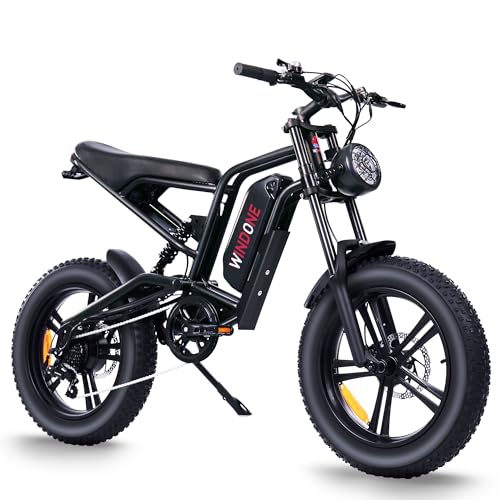Cycling does not necessarily make your legs skinnier; it can build muscle and tone them instead. Cycling is a form of exercise that targets the muscles in the legs, helping to increase muscle mass and definition.
While some individuals may experience weight loss which can make their legs appear skinnier, the primary effect of cycling is to strengthen and tone the leg muscles. Regular cycling can contribute to leaner, more defined legs by burning calories and reducing body fat percentage.
However, the impact on leg size and appearance will vary depending on individual body composition and overall fitness goals. It is important to combine cycling with a balanced diet and other forms of exercise for optimal results in achieving slimmer legs.

The Science Of Cycling
When it comes to how cycling affects leg muscles, the benefits of this activity for leg muscle definition are significant. Cycling is a low-impact cardiovascular exercise that engages various muscle groups in the legs, such as the quadriceps, hamstrings, calves, and glutes. When you pedal, the repetitive motion strengthens and tones these muscles, helping to define and sculpt your legs.
Cycling also offers a range of resistance options, such as inclines or increased pedal resistance, which can further challenge your leg muscles. This resistance encourages muscle growth and development, ultimately leading to increased definition and a leaner appearance.
Cycling is a great way to burn calories and fat, which can contribute to slimmer legs overall. By engaging in regular cycling sessions, you can promote weight loss while increasing muscle tone in your legs, resulting in a leaner and more defined appearance.

The Myth Of Spot Reduction
Cycling can help tone your legs over time, but it won’t miraculously make them skinnier. Spot reduction is the idea that exercising a specific body part will result in fat loss from that area. However, it’s important to understand that the body doesn’t work that way.
When you lose fat, it happens throughout your body, not just in one spot. Focusing solely on cycling won’t specifically target leg fat, as overall fat loss is key. Incorporating a variety of exercises and maintaining a balanced diet is more effective for achieving slim legs.
Ultimately, the best approach to slimming down your legs is through a combination of regular cycling, cardio, and strength training exercises. Remember that consistency and patience are crucial.
Muscle Building And Fat Burning
Get fit and tone your legs with cycling. While it can help build muscle, it may not necessarily make your legs skinnier, as fat burning is key for leaner limbs. Combining cycling with a balanced diet and strength training can enhance muscle definition and overall fitness.
| Cycling for Skinnier Legs |
| Muscle Building |
| Cycling promotes muscle growth by engaging leg muscles. |
| Increased muscle mass leads to a leaner appearance. |
| Fat Burning |
| Cycling burns calories, aiding in fat loss and toning legs. |
| Consistent cycling can help slim down thigh and calf areas. |

Body Composition And Genetics
Genetics and body composition play a significant role in determining the size of your legs. The role of genetics can influence the distribution of muscle and fat in your legs. Body composition has a direct impact on the size of your legs. If you have a higher percentage of muscle mass, your legs may appear more toned and defined.
Conversely, a higher percentage of body fat could result in larger legs. It’s essential to understand that cycling primarily targets the muscles in the legs, leading to an increase in muscle tone. However, it’s unlikely to significantly decrease the size of your legs. Ultimately, individual differences in genetics and body composition will largely determine the outcome of cycling on leg size.
The Importance Of Diet
Eating a balanced diet is key for cyclists. Make sure to consume enough protein and carbs. Monitoring caloric intake is essential in managing weight. Balance your meals with protein, veggies, and whole grains.
Cycling Techniques For Leg Definition
Cycling is an effective way to define your leg muscles and improve their overall appearance. Regular cycling workouts can help to tone and strengthen your leg muscles, resulting in a more defined and sculpted look. However, it’s important to combine cycling with a balanced diet and strength training for optimal leg definition.
Cycling is an effective way to tone and define your leg muscles. Interval training is a key technique that involves alternating between high-intensity bursts and lower-intensity periods of rest. This helps to burn fat and build lean muscle, resulting in slimmer and more defined legs.
Hill climbing is another effective technique that targets the muscles in your thighs, calves, and glutes. It requires a combination of strength and endurance to conquer steep inclines, ultimately sculpting your legs.
Adding sprints and intensity to your cycling routine can further enhance leg definition. By pushing yourself to pedal at a faster rate or increasing the resistance on your bike, you engage more muscles and stimulate growth.
Remember, consistency and proper form are essential for achieving desired results. Whether you’re a beginner or a seasoned cyclist, incorporating these techniques into your workouts can help you achieve the skinnier legs you desire.
Cross Training For Balanced Leg Development
Does cycling make your legs skinnier? Cross training for balanced leg development can help you achieve the desired results. Incorporating strength training into your routine can help build muscle and add definition to your legs.
Focus on exercises like squats, lunges, and deadlifts to target the major muscle groups in your legs. Adding plyometrics and flexibility exercises can further enhance your leg development. Plyometrics, such as box jumps and jump lunges, can increase power and muscular endurance.
Flexibility exercises, like yoga or stretching, can improve your range of motion and prevent injuries. Additionally, engaging in other cardiovascular activities like swimming or running can provide a well-rounded workout for your legs. So, while cycling is a great form of cardio exercise, incorporating cross training activities can help you achieve a more balanced and defined leg appearance.
Conclusion
Cycling can help tone and slim your legs by reducing fat and building muscle. However, the actual effect on leg size varies based on individual body composition and fitness routine. Ultimately, cycling can contribute to overall leg strength and definition, but diet and other exercises also play a significant role in achieving desired results.




Leave a Reply